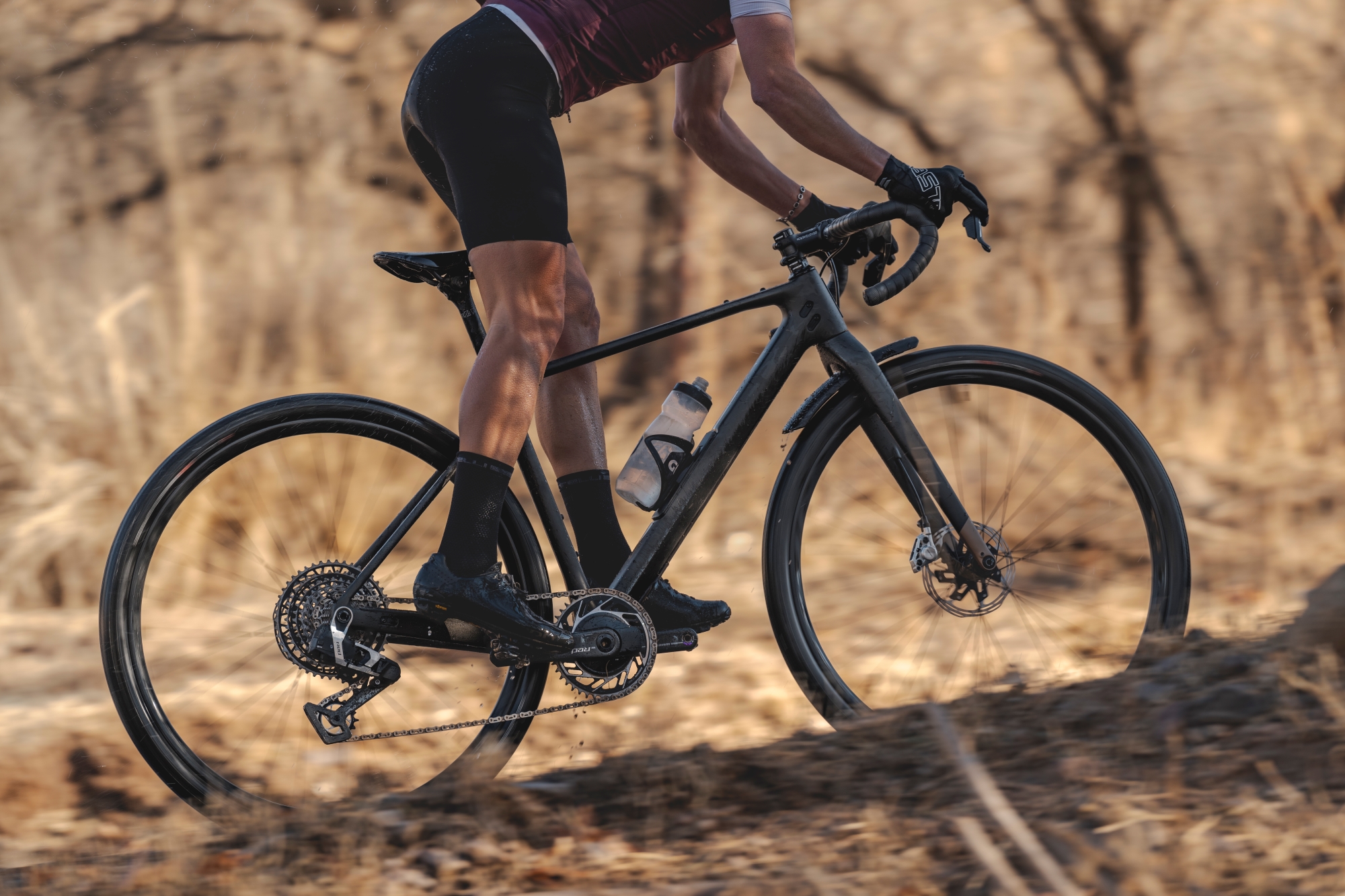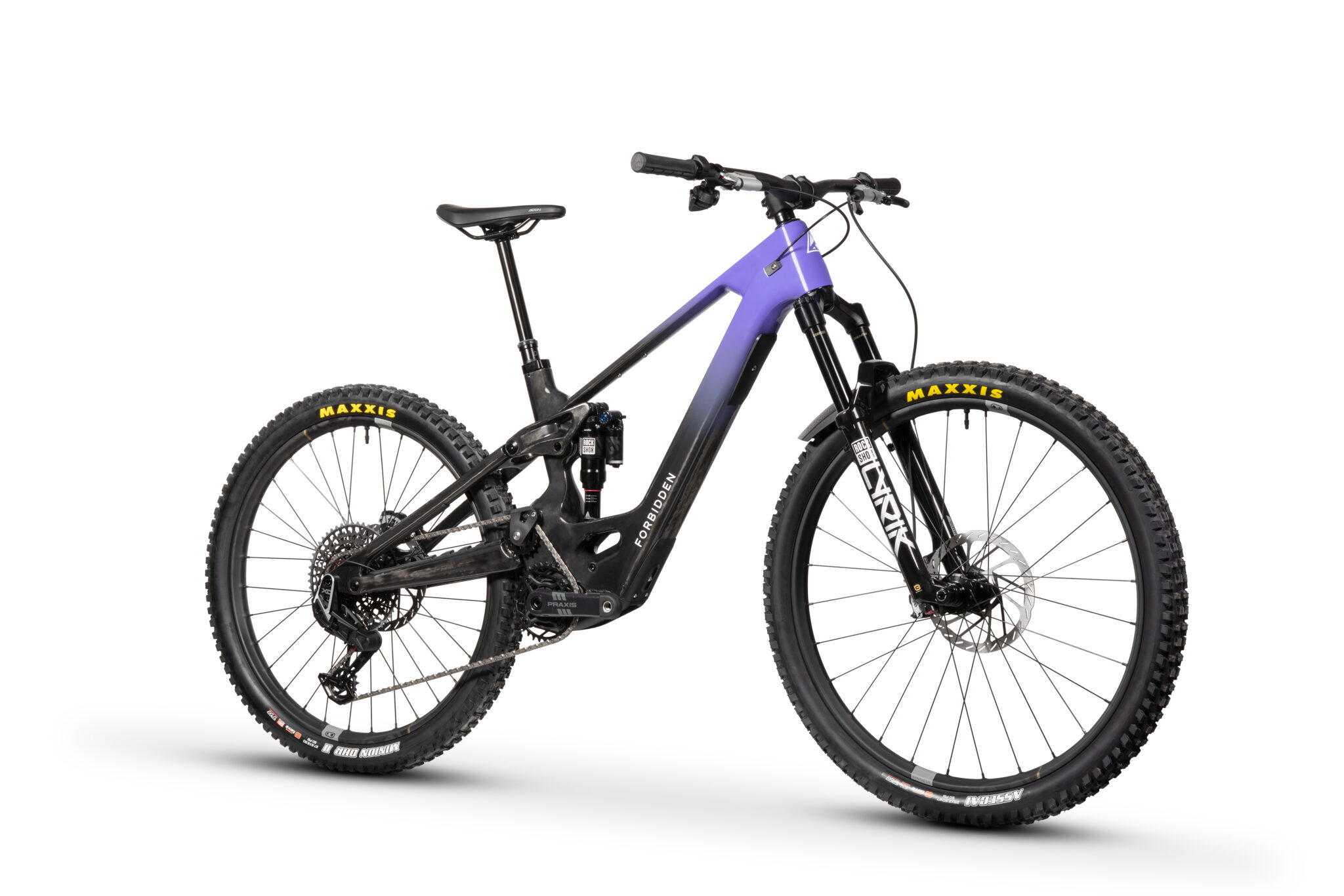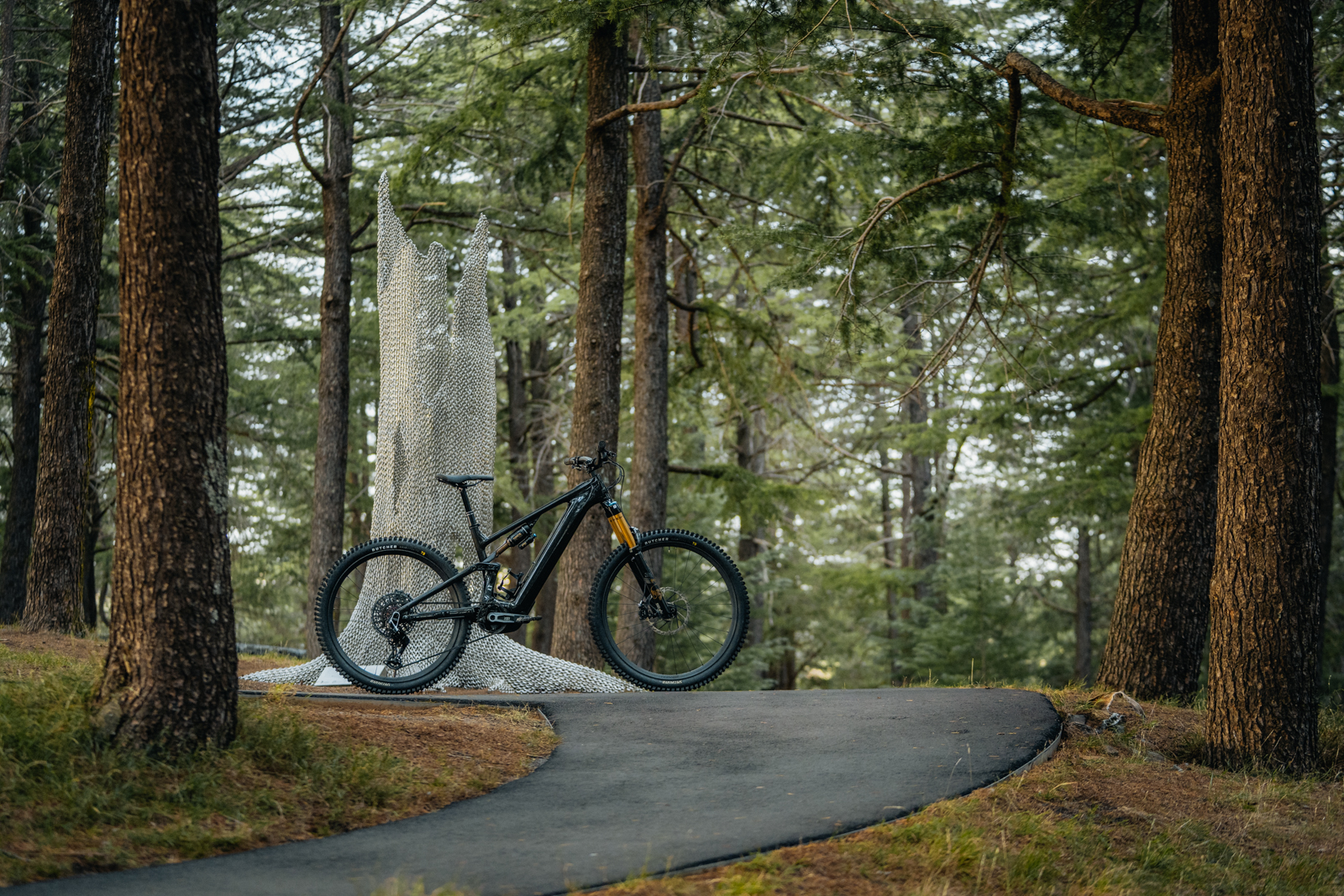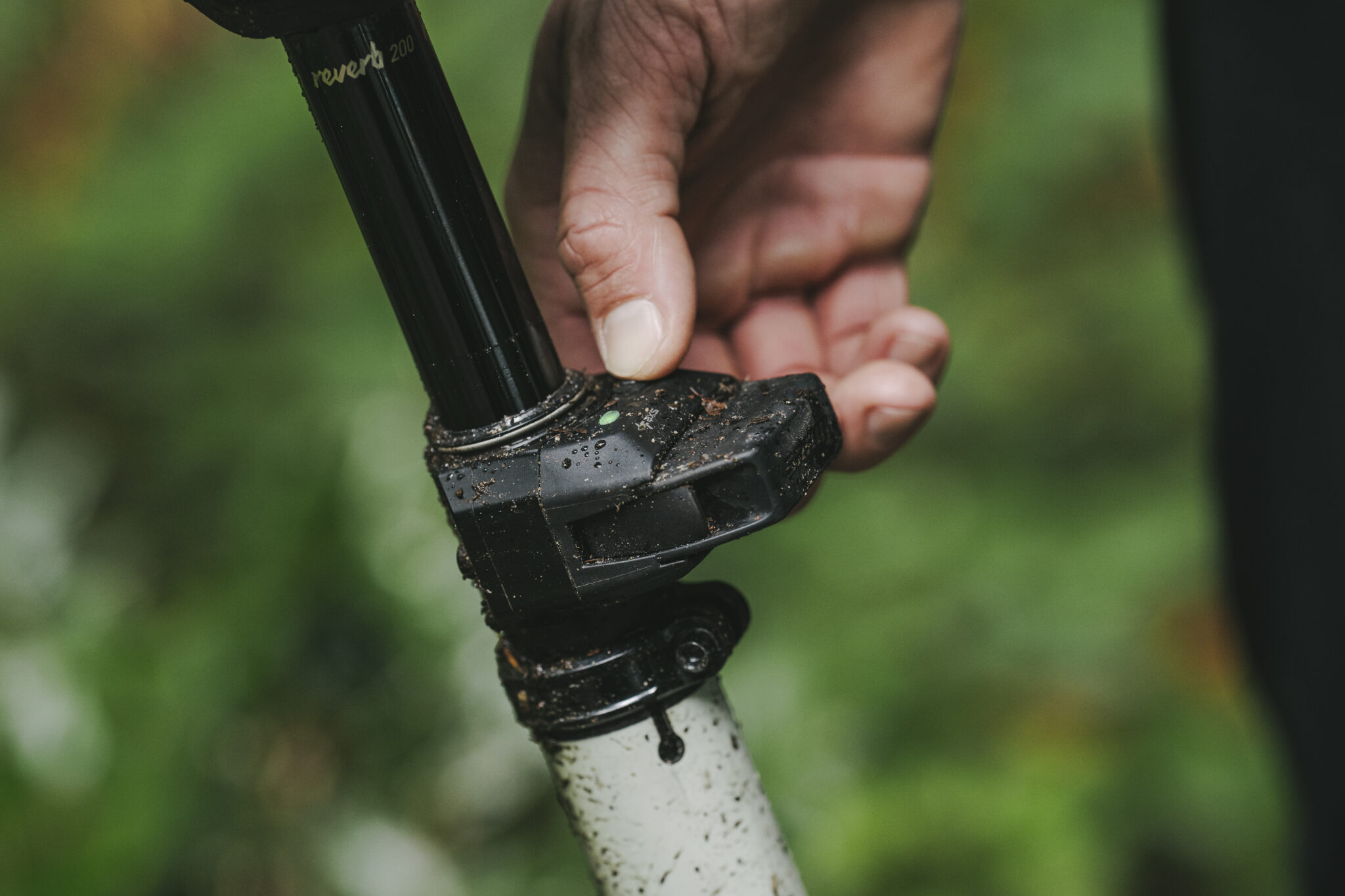Triathlons With Emma Snowsill
Emma Snowsill’s Olympic gold in Beijing last year put to rest what was looming as something of a hoodoo for Aussie triathletes: until last year we couldn’t clinch a big one.
Emma Snowsill’s Olympic gold in Beijing last year put to rest what was looming as something of a hoodoo for Aussie triathletes: until last year we couldn’t clinch a big one.
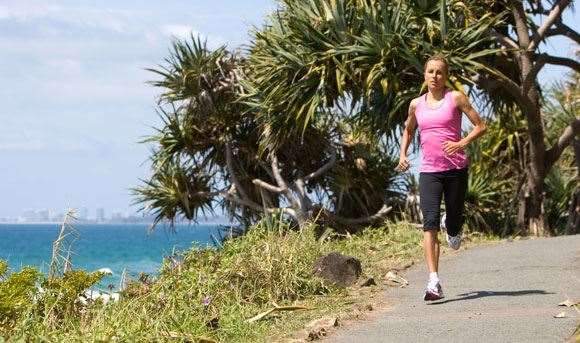 I measure my work more in hours than kilometre. Images: Delly Carr / Sportshoot
I measure my work more in hours than kilometre. Images: Delly Carr / SportshootIt says a lot about Snowsill’s class as an athlete that she was able to do what Michellie Jones and Loretta Harrop couldn’t at previous Games – win gold when you face the pressure of being favourite.With the ITU World Championships coming to the Gold Coast this month (Sept 9-13), it’s another opportunity for 28-year-old Snowsill to show the world what she’s made of – which, at 161cm and 49kg, isn’t actually a lot. But a lot of that is heart – and a lot of it is brains. Snowsill shares her intelligent approach to her preparation for the Worlds, which has been disrupted by an injury that brought her home for surgery. But she still aims to wow the local crowds, who will turn out in their thousands to cheer their local hero.
Injury time
“I went away with a bit of a minor injury earlier this year and it flared up. It’s sometimes a bit difficult getting things diagnosed on the other side of the world, so I had to come home mid-July to see specialists and get more scans. It’s been a strange one – a soreness in my hip that was really painful when I’d been running hard or racing. When I rested it for a few weeks it felt a little bit better, but it was still there. I didn’t know if I was I going to do more damage; we didn’t know what was causing the pain. And like everybody, I want answers yesterday. I want a good shot at racing here at the Worlds on the Gold Coast. But they think they found the problem, and I had keyhole surgery to correct some damage to my labrium cartilage in my hip. It seems to have gone well.
“My last really bad injury was back in 2004. Since then they’ve been manageable; this is the first time in five years I can’t race. You’re always training or racing with some kind of niggle; every day there’s some sort of pain or something’s aching or hurting, but I wouldn’t call them injuries as such – I’d just call them fatigue from the general workload we do. You have to make sure you’re getting massage and treatment so that they don’t turn into injuries that stop you racing. That’s a fine line, obviously.”
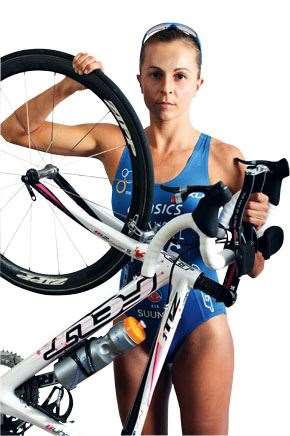 Emma Snowsill Triathlete. Image: Delly Carr / Sportshoot
Emma Snowsill Triathlete. Image: Delly Carr / SportshootYear-round plans
“I divide my time between the US and Australia. From April to September I live at altitude in Boulder, Colorado. We’re mainly racing during the Northern Hemisphere summer, so I’m winding down in November. We have the Noosa and Mooloolaba Triathlons to finish the year, then I take the rest of the month off – that’s my only time off for the year. I catch up on a lot of sleep and do normal things like go to the beach, go surfing, go out to eat if I feel like it – I try to cram everything I possibly can into that time off.
“Training kicks back in at the beginning of December. It starts slowly – I try to get some continuity back, basically looking to Jan/Feb when I increase my mileage. I’m laying the foundations there for my season ahead.
“I don’t even know how many kilometres I would do – I measure my work more in hours. Usually we’ll be doing five swim sessions a week of 6km, then every second day you’re doing a long ride, anything from three to five hours. Then you’re running anywhere from half an hour to two hours.
“I don’t do gym work as such – I do pilates. I don’t feel triathlon is a sport where I need to bulk up. Pilates is a good strength and conditioning routine; it’s a good way to get your body ready to help prevent injuries. I have an instructor with a small group doing private lessons two to three times a week.
“As you get closer to racing season the duration of your training drops back and the intensity goes up. I even start doing a few sessions that mimic race conditions – I might do a hard bike ride, then get off and run hard for five or ten kilometres as if I’m simulating races.”
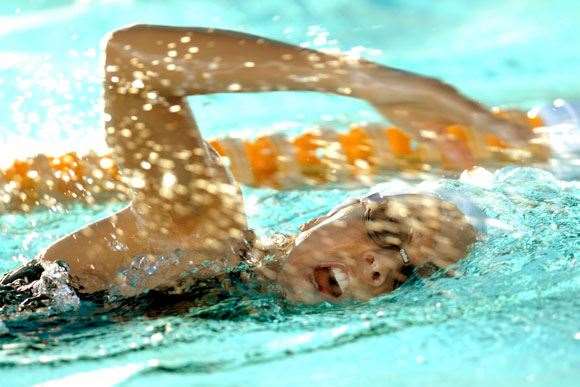 In the pool. Image: Delly Carr / Sportshoot
In the pool. Image: Delly Carr / SportshootTapered program
“I’m not expecting a whole lot in the first race of a season because I’m coming in off a big training base; it’s a chance to see how you’re placed and where the improvements need to be made. I usually find that you have your real ups and downs during those first couple of races – you can feel really good one minute and really ordinary the next. As you go through the season you refine things. You definitely need to taper – but that’s very individual, and it very much depends where you’re coming from. You might have flown in from Australia or the US, so you have to manage the change in time zones and jet lag. That’s a bigger factor … ”
On the wing
“Travel is a major factor in our sport at elite level – you have to plan very carefully what time you arrive and what you’re going to do when you get there. Obviously your training and your tapering have to become entwined in that. That’s where experience really counts – it’s extremely individual as well. What works for some doesn’t work for others, so it’s mostly trial and error – you usually have to find out the hard way what works for you. But the other thing I’ve learned is that there’s no certain secret, either – no particular way to go about it.
“It’s very important to know to go with whatever gets dished up – there are going to be times when you can map things out with airports and airlines, but if your flight gets cancelled and your plans get mixed up, you can end up doing your head in.“When I first started going away I had particular routines and food I wanted to eat at certain times before a race; when you start to travel you realise that that’s not an option. You can really let it ruin you or you can just let go of some of those things and look for the next best option and not let it stress you out.”
Fuelling up
“In general my diet is what I’d call ‘pretty healthy’: the better the stuff you put in the more you’re going to get out of your body. I’m not vegetarian or anything like that, so I make sure I get plenty of red meat for my iron and I find fish is really good, especially salmon with its high oil content. That’s supposed to be great for your joints.
“I love to cook at home, but I can’t say I’m very enthusiastic and imaginative when I’m training and I’m tired. Food is such a big
part of my life that my favourite treat is to go out and be cooked for. It’s very hard to manage your diet on the road, finding what foods you want, or even finding what foods are in certain countries when you can’t read the language – that can be challenging, so you learn to pack a few snacks as well.
“I definitely know the benefits of supplementing. I take an iron supplement. Calcium is important, and your fish oils. I take a good multivitamin to keep my immune system boosted, containing zinc and magnesium.
“You learn to become quite aware of your body, and quite often I’m able to determine what I may be lacking, though blood tests are a more accurate way of finding out. I’ve been seeing a naturopath here at home for a number of years who works very well for me.”
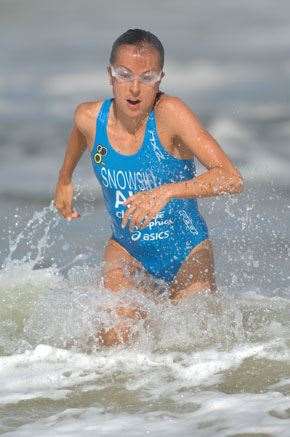 Victory makes it all worthwhile for Snowsill. Images: Delly Carr / Sportshoot
Victory makes it all worthwhile for Snowsill. Images: Delly Carr / SportshootMotivation
“It’s funny: people talk about my sport as my profession – I never really think about it that way. I’ve done sport all my life because I’ve loved it. That’s the underlying thing, regardless of the fact that I make a living out of it.“I reckon you have to want to get up every morning and find a way to be better at something. It’s pretty hard to constantly look at ways to do this when your bed is warm and you’re really really tired and you want to sleep in. But it might be a session you want to accomplish in a certain time – these are the things that get you out of bed, and if I don’t get out of bed and do it, how do I expect to race well?
“I never think about winning a race. Obviously it’s a great thing and you can’t ask for anything more, but I just keep trying to think of ways to keep improving. Triathlon isn’t like swimming where you have an exact 50m pool and you have a world record and that’s the benchmark – so many of our races are so different all the time. That creates a challenge in training, too, because you always want to do things better. When I get to the start line, all I need to think about is the training I’ve done, that I’m rested and ready to go, and there’s nothing more I could’ve done. So if a win comes my way it’s because I’ve had a great preparation.
“It becomes a race against yourself. I never stop to think about one particular girl – I guess I fear the whole field when I’m on the start line. If you concentrate on anybody else you lose track of what you’re supposed to be doing out there. I’ve learnt over the years that on the race track you can only control what’s going on with you; the moment you start looking at other athletes and worrying about what they’re doing you’re losing focus on yourself. It’s almost like you climb into your own little bubble – only thinking about yourself and challenging yourself. And making sure that for the next two hours you’re doing everything right. I always say that I don’t want to waste the hours of training I’ve put in by not being on my game on race day.
“I actually look forward to racing, so I can rest a bit to prepare; I love that feeling of energy when you’ve tapered properly. We spend so many weeks pushing through sessions and feeling constantly fatigued.”
Recovery
“Ice baths are probably the biggest help for me. After any hard training session I’m always doing my hot and cold therapy: into the ice bath and then under a hot shower. I’ve got my mini training centre at home.
“Ice baths are one of those love-hate relationships. The thought of doing it isn’t so great, but then you think of the pain afterwards if you don’t do it. It’s a bit of a sick one – you kinda do love it because you know what it’s going to do for you later. But at the time you’re gritting your teeth.”
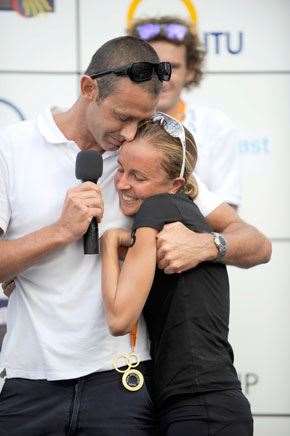 Her coach and long-time partner, Craig Walton
Her coach and long-time partner, Craig WaltonImage: Delly Carr / Sportshoot
Zeds
“If I don’t want to get sick, I know I need to have a nap every day. I’m usually up and swimming at 5.30am; I come home and have a sleep after that. I know how important that is: as soon as I start missing out on my sleep, the first thing that happens is I start getting a sore throat, a tickle and a cough, and all the warning signs of getting run down start going off. Sleep is a really important one.”
Race day
“I used to have a set routine on race day – not any more. Races might start at 5am or 2 in the afternoon, so everything gets turned upside down.“My preparation all depends on what time I’m racing. I work backwards. The last time you can take food is about two-three hours before a race, and what I eat varies depending on how I’m feeling, how nervous I am, how settled or unsettled my stomach is. If I’m nervous I tend to go basic – toast with honey or jam or banana. That sits well. Other times, if I’m racing later in the day and struggling to get calories in, I eat a lot of dense-calorie food; chocolate cake or muffins or chocolate bars – things that are going to keep me going longer.
“In those last hours before a race I like to watch a movie or listen to music – anything to tune out. You can run a race so many times in your head beforehand that by the time it comes around you’re exhausted. So I watch anything – a comedy, something to laugh at. Anything so I don’t think about the race.”
– Graem Sims



